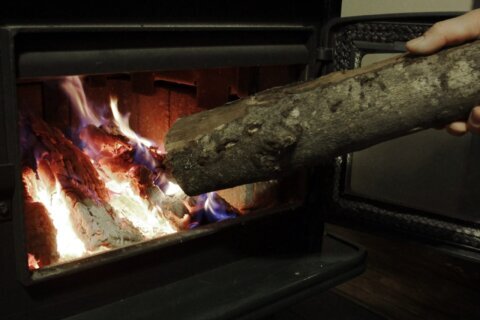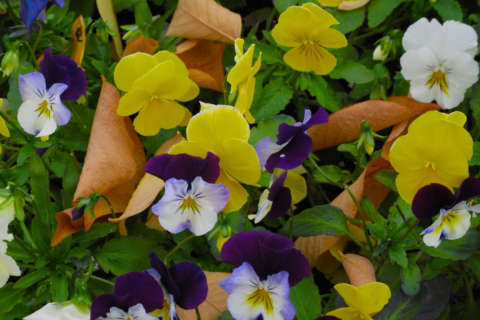With record-breaking heat striking many places across the country and around the world, my social media feeds are filling up with gardeners’ laments – and photos of their fallen annuals and perennials.
Although my tomatoes in suburban New York have been stalled at green for the past few weeks, my flower garden is thriving. This despite having to endure 100-degree temperatures, mainly without supplemental irrigation (I’ve watered my flower beds and borders just twice this summer, and even then, only as a precaution).
But I’m not doing anything special to turn my plants into superheroes. All I did was select the right ones at planting time – and plant them with TLC.
CHOOSING HEAT-TOLERANT PLANTS
In extreme heat, especially when that heat is dry, soil moisture evaporates quickly, and plants turn to their own limited moisture reserves to rehydrate. This requires them to direct their energy, which should be spent on growth, flowering, fruiting and reproducing, toward cooling and hydrating. The stress often depletes them.
When plants are native to a region, they have naturally developed deep, extensive root systems that can reach distant moisture sources when the immediate area around them dries out.
Many exotics, however, including most annuals, have shallow root systems. That means they must rely on the top few inches of soil for all their water needs. When it dries up, so do they.
To save water, money — and heartache – research which plants are native to your area. You might start your search with the resources at Homegrown National Park’s website.
In my New York region, that means perennials like bee balm (Monarda didyma), black-eyed Susan (Rudbeckia hirta), purple coneflower (Echinacea purpurea), gayfeather (Liatris spicata), gray goldenrod (Solidago nemoralis), lanceleaf coreopsis (Coreopsis lanceolata), New York (Aster novi-belgii) and New England (Aster novae-angliae) asters and butterfly weed (Asclepias tuberosa), all recurring themes throughout my garden.
But I also have some well-behaved, non-native, heat- and drought-tolerant perennials in my flower beds, and annuals in pots.
Mildew-resistant “Bounce” impatiens, for instance, live up to their name in my containers, bouncing back from heat wilt with a good soaking at the end of a brutal day.
Annual and perennial succulents, like sedums (also called stonecrop), are highly tolerant to dry, hot weather due to their thick, sap-filled leaves, which — sort of like a camel’s hump – store moisture and release it as the plants need it.
Other plants that hold their own under harsh heat include angelonia, beardtongue (Penstemon spp.), begonia, million bells (Calibrachoa spp.), catmint (Nepeta spp.), floss flower (Ageratum spp.), lantana, lavender (Lavendula spp.), marigold (Tagetes spp.), moss rose (Portulaca oleracea), petunia, salvia, verbena and zinnia.
PLANTING TIPS
When planting, I always dust root balls with powdered mycorrhizae fungi, which colonize roots and help plants tolerate environmental stresses, including severe heat. I also treat them to a monthly dose of a seaweed-containing fish emulsion and a vitamin-hormone-kelp product.
Seaweed, which includes kelp, has been shown to improve stress tolerance in plants. I find the protocol also helps plants adjust quickly after dividing and transplanting.
Finally, a liberal mulch application is the proverbial cherry on top of your soil. Mulch not only keeps things looking tidy, it also suppresses weeds, keeps soil temperatures even, and retains soil moisture, which can mean the difference between plant life and death when the going gets hot.
—-
Jessica Damiano writes the award-winning Weekly Dirt Newsletter and regular gardening columns for The AP. Sign up here to get weekly gardening tips and advice delivered to your inbox.
—-
For more AP gardening stories, go to https://apnews.com/search?q=gardening#nt=navsearch
Copyright © 2025 The Associated Press. All rights reserved. This material may not be published, broadcast, written or redistributed.







